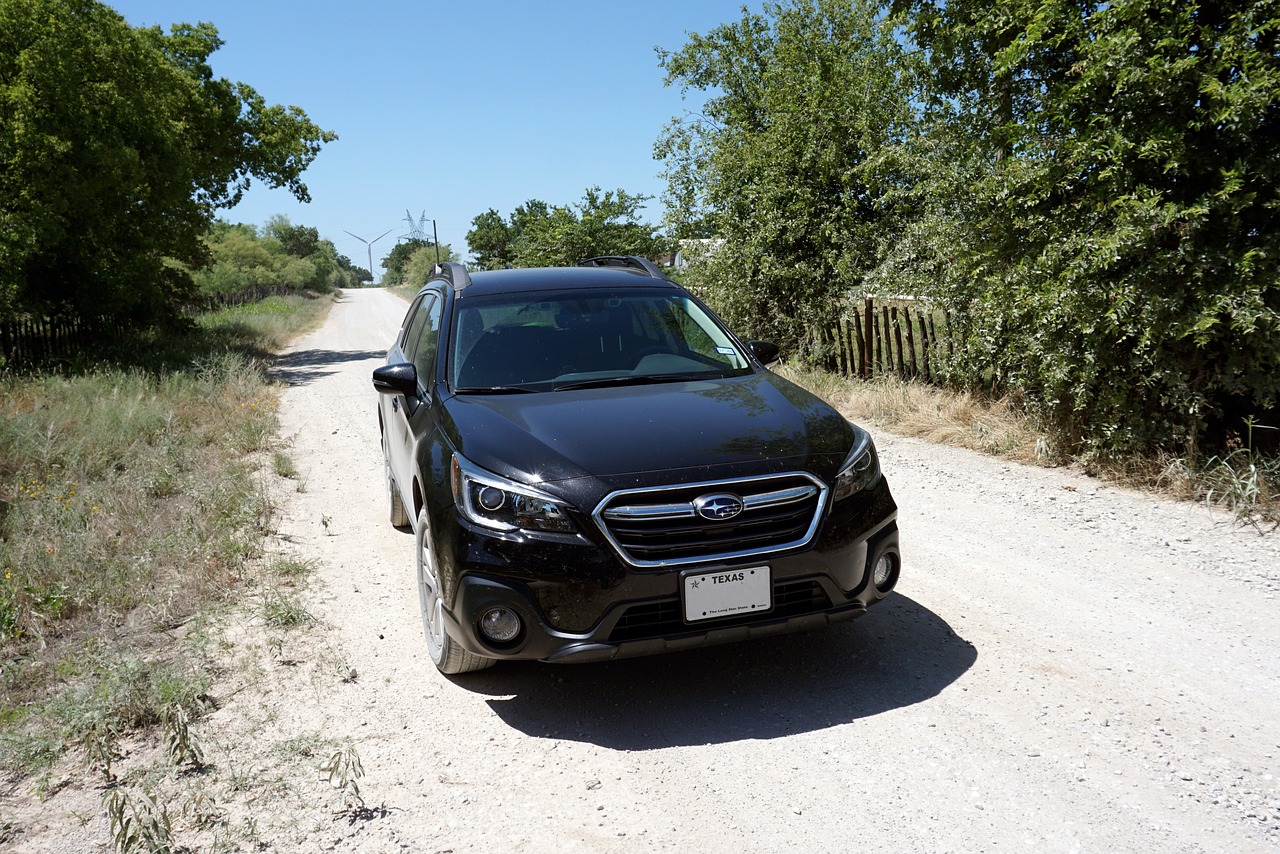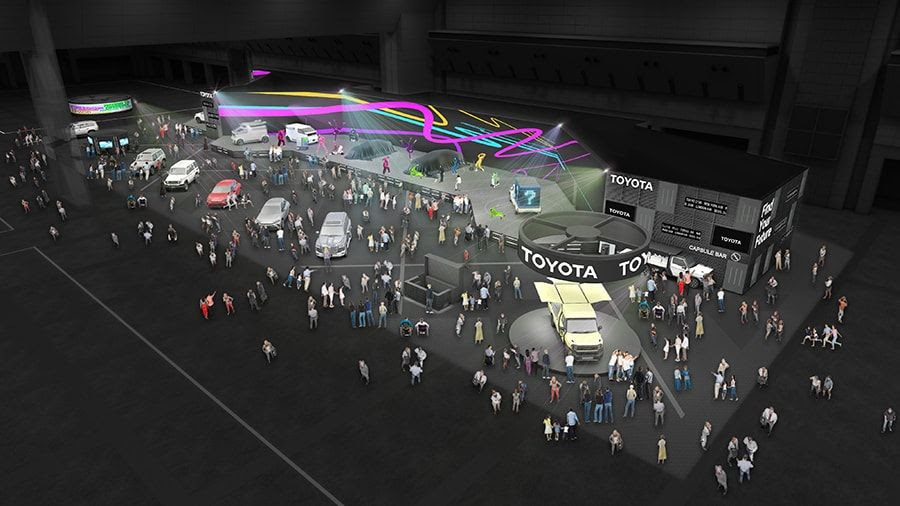Riding a motorcycle is undeniably thrilling – the wind in your face, that feeling of pure freedom, and the endless open road ahead. Yet, within this excitement, we mustn’t forget that motorcycling brings distinctive challenges and dangers. Motorcycle accidents can lead to severe injuries or, tragically, even loss of life. Thus, it’s vital for riders to be well-informed about typical accident triggers and to take preemptive measures for a safer journey.
Safety Isn’t Just a Buzzword
Imagine cruising down a scenic highway, the purr of the engine harmonizing with the rush of the wind. The sense of liberation is unmatched, but as a motorcyclist, you’re also navigating a world where awareness and caution are your constant companions. Motorcycles offer a thrilling mode of transportation, but they also demand heightened vigilance due to their smaller size and reduced protection compared to traditional vehicles.
In the following article, we will dive into the elements contributing to motorcycle accidents and delve into how riders can boost their safety. Whether you’re a seasoned rider or new to the world of motorcycling, grasping the typical accident triggers can equip you to make informed choices that safeguard both you and fellow road users.
From distracted driving to road conditions and more, we’ll untangle the common threads woven into motorcycle accidents, while also shedding light on the actions you can take to guarantee your journey is both safe and enjoyable. So, start your engines and accompany us on this adventure as we navigate the twists and turns of motorcycle safety.
Distracted Driving
One of the most urgent concerns for motorcyclists revolves around the widespread issue of distracted driving. In an increasingly interconnected world, the allure of peeking at a smartphone, adjusting the radio, or succumbing to various distractions while at the wheel has only grown. However, for motorcyclists, even a fleeting moment of inattention can yield grave repercussions.
Visualize this: you’re gliding along, attuned to the road’s cadence when, out of the blue, a car veers into your path without warning. It’s a scenario all too familiar to riders who have crossed paths with distracted drivers. Be it a motorist checking a text message or drifting into deep contemplation, the outcomes can be nothing short of catastrophic.
To mitigate the risks of distracted driving, both motorcyclists and other road users need to be vigilant. According to the experienced motorcycle accident lawyers in Las Vegas at PSBR, maintaining a defensive mindset is crucial. Anticipate the unexpected, keep a safe distance from vehicles, and make yourself as visible as possible. Remember, it’s not just about you; it’s about educating others to share the road responsibly.
Speeding
Excessive speed frequently emerges as another key player in motorcycle accidents. While the thrill of speed can be undeniably enticing, it simultaneously curtails a rider’s capacity to swiftly react to sudden shifts in road conditions or unforeseen obstacles. Moreover, higher speeds escalate the repercussions of collisions, resulting in more severe injuries.
Consider it this way: each additional mile per hour augments the impact’s force. What might constitute a minor collision at lower speeds can swiftly metamorphose into a life-altering event when speeds are excessive. This isn’t an endorsement for crawling along the road but rather a reminder that honoring speed limits and adapting your velocity to match the road’s conditions can profoundly elevate safety.
Riding within the posted speed limits not only improves your reaction time but also gives you a better chance to assess your surroundings and anticipate potential hazards. Your journey may take a few minutes longer, but arriving safely at your destination is well worth the trade-off.
Lane Changing and Merging
As motorcyclists, we are more agile than most vehicles on the road, but that doesn’t mean we’re immune to the dangers of changing lanes and merging. In fact, our smaller profile, unfortunately, can sometimes work against us, making us less visible to other drivers, especially in their blind spots.
Imagine this scenario: you’re riding alongside a row of cars when one suddenly veers into your lane without signaling. It’s a heart-stopping moment that highlights the risks of lane changes gone wrong. To avoid this danger, always be aware of your positioning in relation to other vehicles. Stay out of blind spots, use your turn signals, and make eye contact with drivers whenever possible.
In situations where other drivers might not notice you, proactive defensive riding can make all the difference. Maintain a safe following distance, be prepared to react swiftly, and never assume that other road users are aware of your presence.
If you’re serious about riding, we must recommend enrolling in motorcycling safety classes that would teach you all about staying safe while having a good time.
Impaired Driving
Operating a motorcycle under the influence of alcohol or drugs profoundly affects your judgment, coordination, and reaction time. These impairments take on even greater gravity when you’re on a motorcycle, a context where split-second decisions hold the power to define the fine line between a secure ride and a catastrophic collision.
Riding under the influence greatly impacts your capacity to appraise road conditions, respond to unanticipated obstacles, and maneuver curves securely. It’s a recipe for catastrophe, placing both you and others in harm’s way. Impaired riding not only escalates the chances of accidents but also exposes you to severe legal repercussions.
Numerous jurisdictions enforce stringent penalties for riding under the influence, spanning fines, license suspension, and even incarceration. Beyond these legal consequences, impaired riding fractures the very essence of the motorcycling community’s commitment to safe riding. It’s a decision that reverberates far beyond a single ride.
Left-Turn Accidents
Navigating intersections can be challenging for new motorcyclists, particularly in the context of left-turn accidents. These incidents rise up when a vehicle from the opposite direction initiates a left turn, crossing the path of an oncoming motorcycle, often miscalculating its speed or distance. The outcome typically involves a collision that affords the motorcyclist minimal reaction time.
Picture this scene: you’re nearing an intersection, rightfully possessing the right of way, when, all of a sudden, a car executes a left turn, slicing through your path. It’s a harrowing instant that underscores the susceptibility of motorcyclists within such scenarios. Because of that, adopting a defensive riding approach becomes really important.
To avoid the risk of left-turn accidents, it’s important to remain prepared for the unforeseen.
When approaching intersections, consider reducing your speed, maintain a visible presence within your lane, and exercise caution when other vehicles seem poised for a left turn. Through the practice of defensive riding, coupled with an insight into commonplace driver behaviors, you can effectively anticipate and counter potential left-turn hazards.
Road Conditions
The freedom of motorcycling allows us to explore diverse landscapes, from smooth city roads to winding mountain paths. But with diverse landscapes come varying road conditions that can catch us off guard. Potholes, debris, wet surfaces, and uneven road surfaces pose unique challenges to motorcyclists, requiring heightened awareness and adaptability.
Imagine this: you’re navigating a scenic route when you encounter an unexpected pothole, causing your bike to jolt. It’s a reminder that the road isn’t always smooth sailing. To navigate these challenges safely, remain attuned to your environment. Scan the road ahead for potential hazards, adjust your speed to the conditions, and maintain a relaxed grip on the handlebars to allow for controlled maneuvers.
Additionally, wet surfaces can be particularly treacherous. Rain can create slippery conditions, reducing your bike’s traction and increasing the risk of skidding. When riding in wet weather, decrease your speed, avoid sudden movements, and give yourself extra stopping distance.
Lack of Visibility
Motorcycles are inherently smaller and less conspicuous than cars, making them more challenging for other drivers to spot. This lack of visibility can lead to accidents when drivers fail to notice motorcycles sharing the road. As motorcyclists, enhancing our visibility becomes a critical aspect of safe riding.
Envision this situation: you’re riding alongside a line of cars, and a driver in an adjacent lane begins merging into your space. It’s a nerve-wracking experience that underscores the need to be seen by other road users. To increase your visibility, wear brightly colored clothing, use reflective gear, and position yourself within your lane to maximize your presence.
Eye contact is another powerful tool for ensuring you’ve captured a driver’s attention. When you make eye contact, you establish a connection that communicates your intention to proceed. Remember, the more visible you are, the more likely you are to be recognized and respected by fellow road users.
More Than Just a Mode of Transportation
Motorcycling isn’t just a means of getting from point A to B. It’s a lifestyle that embodies adventure, freedom, and the great open road. But within this thrilling journey lies inherent risks that command our reverence and care. By acknowledging and addressing the common triggers of motorcycle accidents, we grant ourselves the ability to navigate the road with both assurance and safety.
So, as you prepare for your next ride, keep these insights in your mind. Practice defensive riding, maintain vigilance, and never underestimate the weight of your decisions on your safety and that of others.
By embracing a spirit of perpetual learning and attentiveness, you contribute to a community of motorcyclists who traverse the road with both confidence and respect. Every journey offers not just the thrill of the wind against your face, but also the assurance that you’re equipped to make each mile safe and unforgettable.








